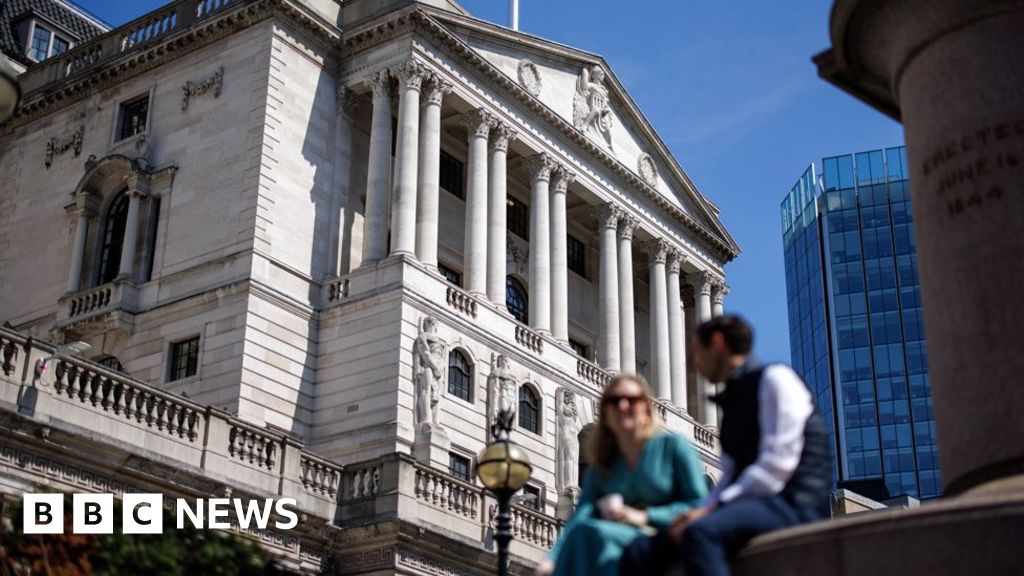The Bank of England faces a crucial decision on Thursday, with analysts predicting a close call on whether to cut interest rates for the first time in over a year.
Traders are betting that the central bank will lower rates from their current 16-year high of 5.25% to 5%, with a 60% chance of a cut. However, some believe another hold is on the cards, highlighting the delicate balance facing policymakers.
The decision comes amid pressure on household finances, with high borrowing costs impacting mortgages and loans. While savers are currently enjoying greater returns, the potential for lower interest rates could impact their financial gains.
In June, the Bank opened the door for an August rate cut, suggesting a majority of decision makers could vote for a reduction. Governor Andrew Bailey has previously indicated that a cut is on the horizon, but the timing remains uncertain, with speculation mounting over whether it will happen on Thursday or in September.
The Bank's base rate is closely monitored as it influences the rates set by High Street banks and other lenders. Interest rates were raised aggressively in recent years to combat soaring inflation, which has impacted businesses and households alike.
Despite easing in recent months, inflation remains a key factor in the decision. The rate fell to 2% in the year to June, aligning with the Bank's target. A rate cut could potentially lead to lower mortgage and saving rates.
Over half a million homeowners have mortgages linked to the Bank rate, with a 0.25% cut potentially lowering their monthly repayments by an average of £28. Those with standard variable rate mortgages could see a £15 benefit.
However, a rate cut could also impact the financial gains enjoyed by some savers. Additionally, while lower mortgage costs for landlords could theoretically be passed on to tenants, record-high private rents may dampen any potential benefit.
Susannah Streeter, head of money and markets at Hargreaves Lansdown, described the decision as a "knife-edge" situation. While markets initially predicted a 50/50 chance of an August cut, they now believe the probability is 60/40 in favour of a reduction.
"If they leave it too late, it could be a more difficult September," she cautioned, adding that any future rate cuts are expected to be "slow and steady" after an extended period of no change.
Policymakers face a challenging task in balancing the competing interests of curbing inflation and supporting economic growth. By increasing borrowing costs, the Bank aims to discourage spending and reduce demand, ultimately easing price pressures. However, maintaining high rates for too long could stifle investment and job creation, hindering economic progress.
Russ Mould, investment director at AJ Bell, highlighted the significant impact of the Bank's decision on borrowing costs, particularly for two-year mortgages and short-term loans like credit cards.
"My guess is when they do start to cut, they'll cut much faster," he said. "They don't want to squeeze too hard to keep inflation in its box."
He added that economic indicators such as reduced job vacancies and rising unemployment could prompt the Bank to lower rates. Conversely, policymakers will consider factors such as the pace of service price increases and wage inflation, which could sway them towards keeping rates unchanged.
The Bank's decision holds considerable weight for businesses, households, and the broader economy. As the nation waits for the verdict, the focus remains on how the Bank will navigate this delicate balance and shape the trajectory of interest rates in the months ahead.
Article
Business

Bank of England on a Knife-Edge Over Interest Rate Cut

